The Joy of Owning a Dairy Cow: Homemade Dairy Delights
Have you ever thought about the benefits of owning a dairy cow?
It might seem daunting at first, but let me tell you, the rewards are absolutely worth it! We bought a Guernsey dairy cow in June, primarily to feed her milk to our Berkshire pigs. Little did we know that this decision would turn into a delightful adventure in dairy production, allowing us to create everything from butter to cheese right at home.
In this article, we’ll share our experience of managing a family dairy cow, the incredible amounts of milk we’ve produced, and how we transformed that milk into various dairy products. Whether you’re considering getting a dairy cow or just curious about the process, we hope this guide will inspire you!
Why Choose a Dairy Cow?
The Benefits of Dairy Cows
- Fresh Milk Supply: Having your own dairy cow means access to fresh, unprocessed milk daily.
- Healthy Products: You can create your own yogurt, cheese, and butter, ensuring quality and taste.
- Sustainable Living: Owning a cow contributes to a self-sufficient lifestyle, reducing reliance on store-bought dairy.
- Animal Companionship: Cows can be friendly and sociable animals, providing companionship on the farm.
Our Dairy Journey: Monthly Milk Production
In August, our Guernsey cow produced an astonishing 138 gallons of milk! This bounty didn’t just go to our pigs; we shared it with four other households and still had plenty left for our homemade dairy creations. Here’s a breakdown of what we were able to make that month:
Dairy Products Made from Our Milk
- Farmers Cheese: 3 lbs
- Butter: 31 lbs
- Yogurt: 3 gallons
- Buttermilk: 12 gallons
- Cottage Cheese: 7.5 lbs
- Sour Cream: 1 gallon
- Cream Cheese: 2 lbs
- Whey: 3 gallons (which replaced chicken broth in many recipes)
We also shared countless jars of yogurt and cheese with family and friends, making everyone’s day a little bit brighter!
How to Make Your Own Dairy Products
1. Homemade Butter
Ingredients:
- Heavy cream (from your milk)
Instructions:
- Churn: Pour the heavy cream into a stand mixer or a jar with a tight lid.
- Whip: If using a mixer, whip on high until the cream separates into butter and buttermilk. If using a jar, shake vigorously until it thickens.
- Drain: Strain the butter from the buttermilk and rinse under cold water.
- Store: Pack it into a container and keep it refrigerated.
2. Simple Yogurt
Ingredients:
- 1 gallon of milk
- 1 cup of plain yogurt (with live cultures)
Instructions:
- Heat Milk: Heat the milk to 180°F (82°C), then cool to 110°F (43°C).
- Mix with Yogurt: Stir in the plain yogurt.
- Incubate: Keep warm (around 110°F) for 6-12 hours until thickened.
- Refrigerate: Chill before serving.
3. Cottage Cheese
Ingredients:
- 1 gallon of milk
- 1/4 cup of white vinegar or lemon juice
Instructions:
- Heat Milk: Heat milk to 190°F (88°C).
- Add Acid: Stir in vinegar or lemon juice to curdle the milk.
- Cool and Strain: Once curds form, cool and strain out the whey.
- Rinse and Salt: Rinse under cold water, add salt to taste, and mix.
4. Cream Cheese
Ingredients:
- 1 quart of heavy cream
- 1/4 cup of buttermilk or yogurt
Instructions:
- Combine: Mix together in a bowl and let sit at room temperature for 12-24 hours.
- Blend: Blend until smooth and creamy, adding salt to taste.
- Store: Refrigerate in an airtight container.
The Future of Our Dairy Adventure
As we continue our journey with our Guernsey cow, I plan to explore more options for preserving the milk, such as making aged cheeses. The possibilities are endless! Yes, owning a dairy cow requires a commitment of time and effort, but the quality of the products we consume and share with others is truly rewarding.
Conclusion
Owning a dairy cow has transformed our lives in ways we never imagined. From the joy of producing our own milk to the satisfaction of making delicious dairy products, it’s an experience that has brought our family closer together. If you’re considering taking the plunge into dairy farming, I encourage you to go for it! You may find that, like me, you can’t imagine life without your beloved cow.
FAQs
How much milk can a dairy cow produce?
The milk production varies by breed, but a Guernsey cow can produce around 5-7 gallons of milk per day on average.
What do you feed a dairy cow?
Dairy cows eat a diet of grass, hay, and grains. Providing a balanced diet is essential for optimal milk production.
Is it hard to take care of a dairy cow?
While it requires commitment and knowledge, many find that the rewards of owning a cow far outweigh the challenges. Regular care, proper nutrition, and maintaining health are key.
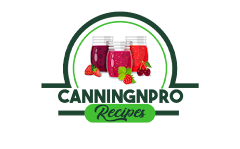





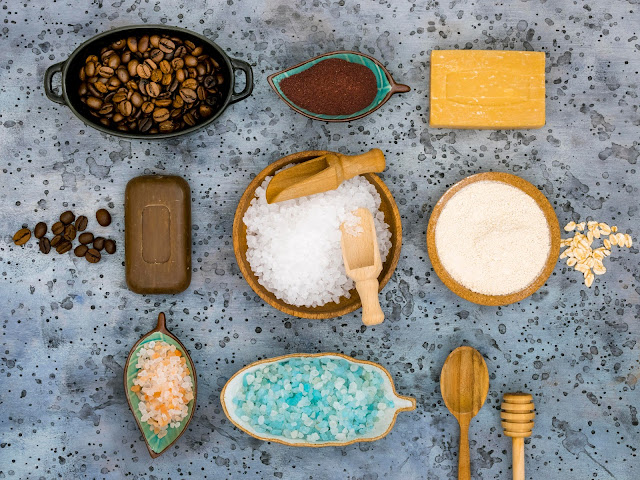

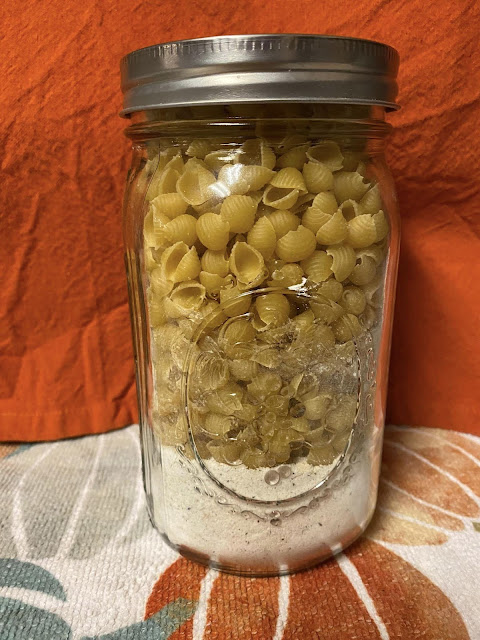




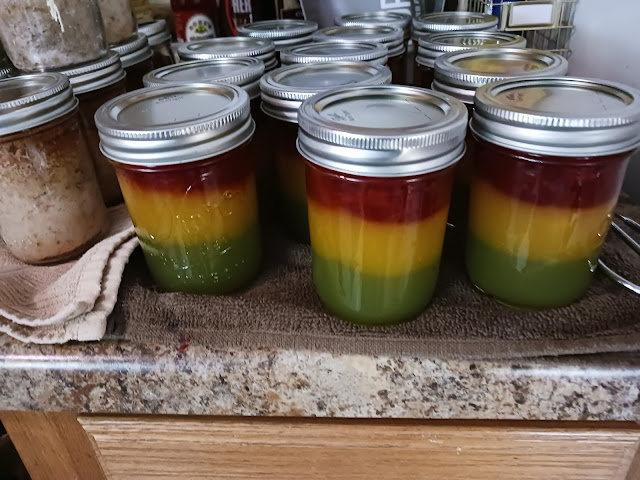

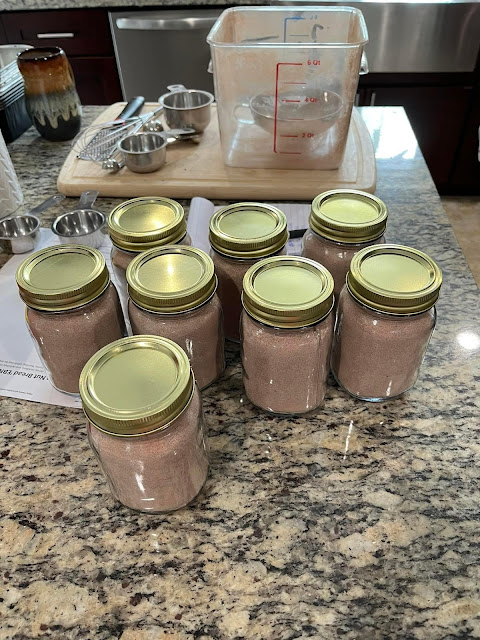
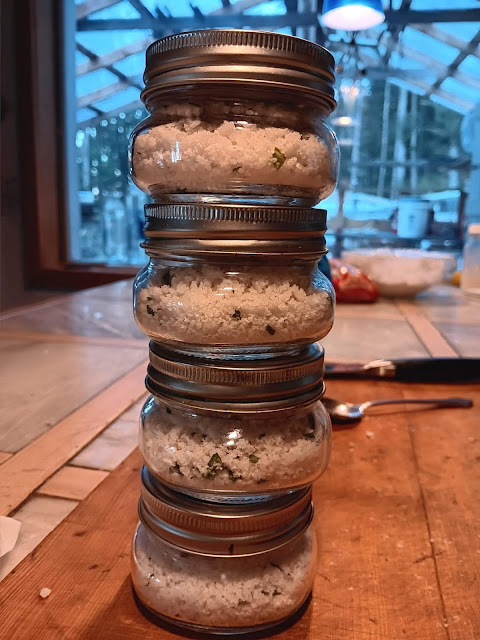
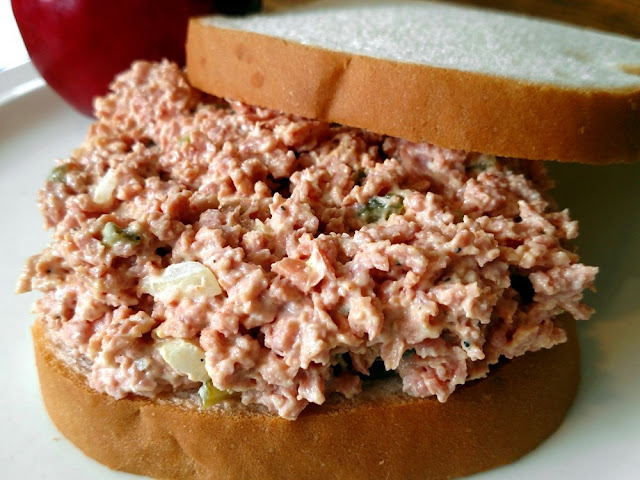
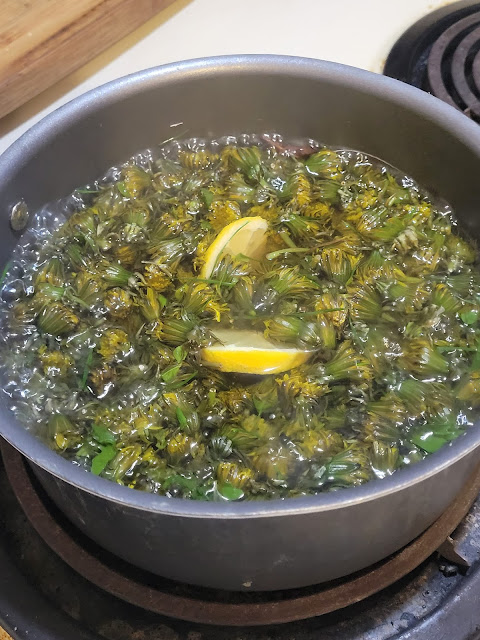



Comments
From one cow? Wow!
ReplyDelete